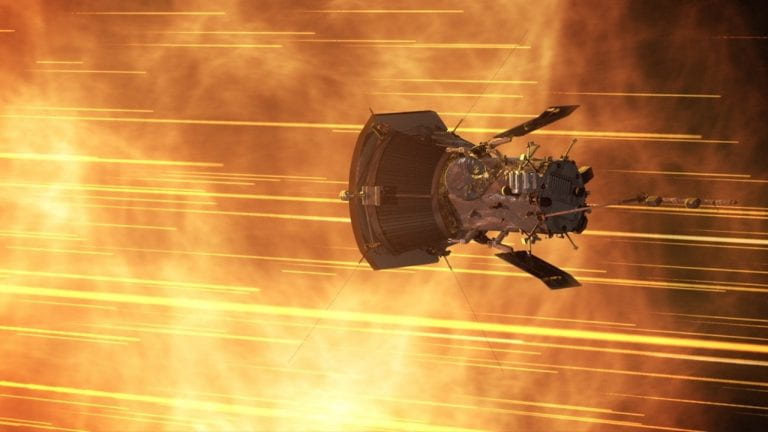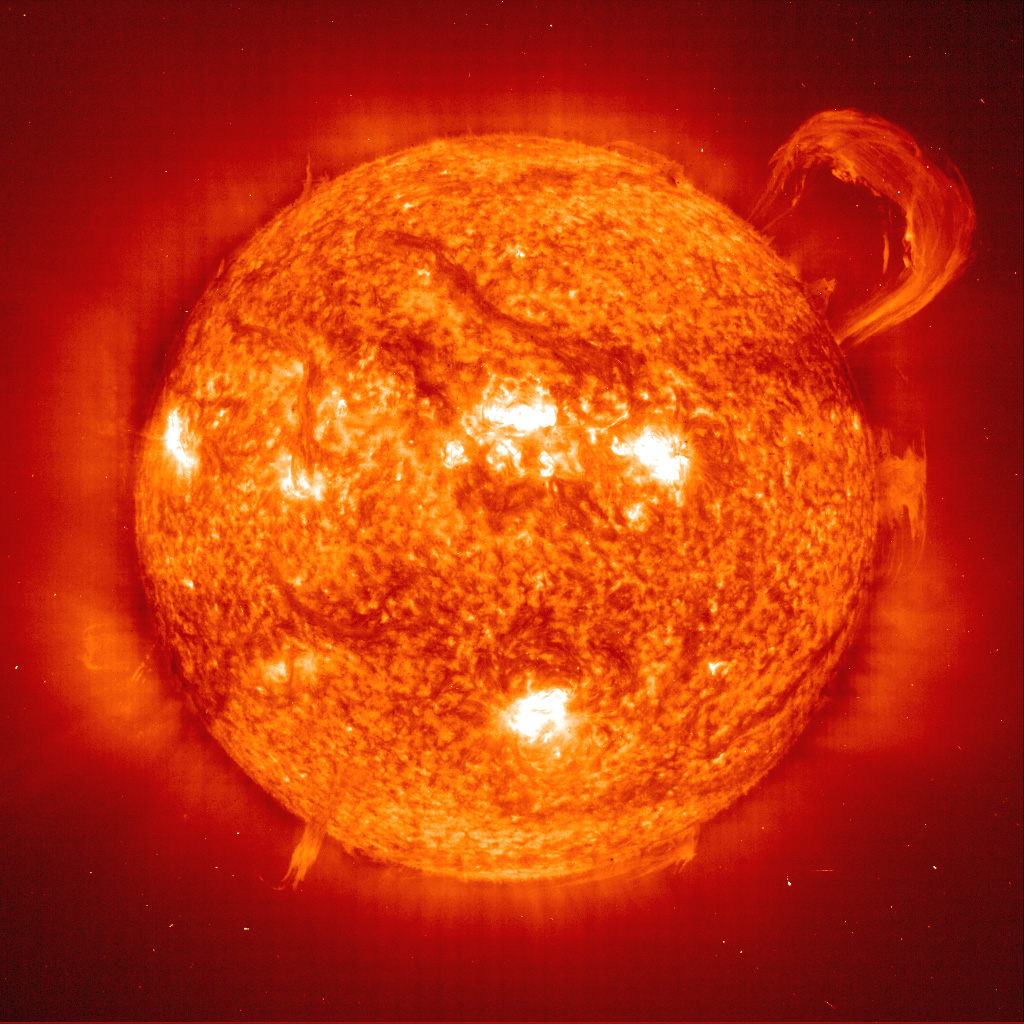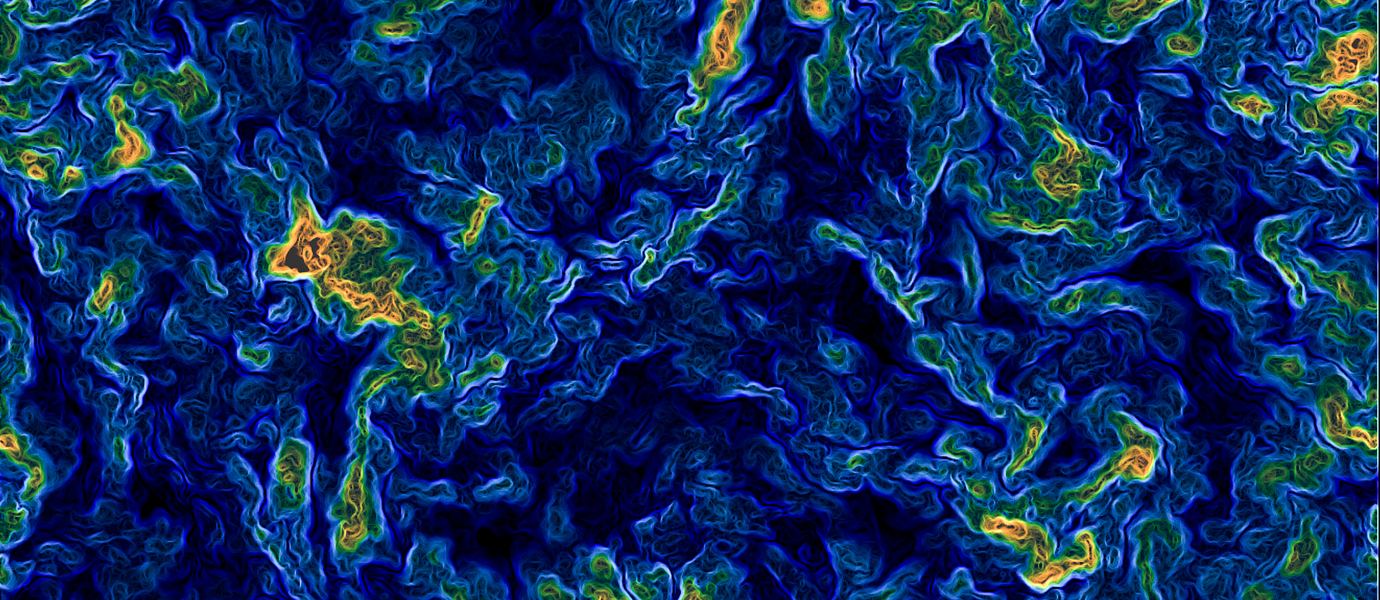Solar flares are a fascinating thing and have a profound effect on what astronomers refer to as “space weather.” These events vary with the Sun’s 11-year solar cycle, releasing immense amounts of radiation across the electromagnetic spectrum (from extreme ultraviolet to X-rays) into space. The effects of flares have been observed since time immemorial, which include aurorae at high latitudes (Aurora Borealis and Australis), but have only been the subject of study and prediction for about a century and a half. Still, there is much that remains unknown about these dramatic events.
For instance, flares are known to affect the Sun’s atmosphere, from the visible surface (photosphere) to its outermost layer (corona). However, there are still questions about how these events influence the lower layers of the atmosphere. In a recent study led by the University of Colorado, Boulder, a team of researchers documented the rotation of two very small sunspots of the Sun’s surface (pores) using the Daniel K. Inouye Solar Telescope (DKIST) at Mauna Kea. These pores were linked to a less powerful flare and moved in a way that has never been observed, suggesting that the dynamics of the Sun’s atmosphere are more complex than previously thought.
Continue reading “High-Resolution Images of the Sun Show How Flares Impact the Solar Atmosphere”










